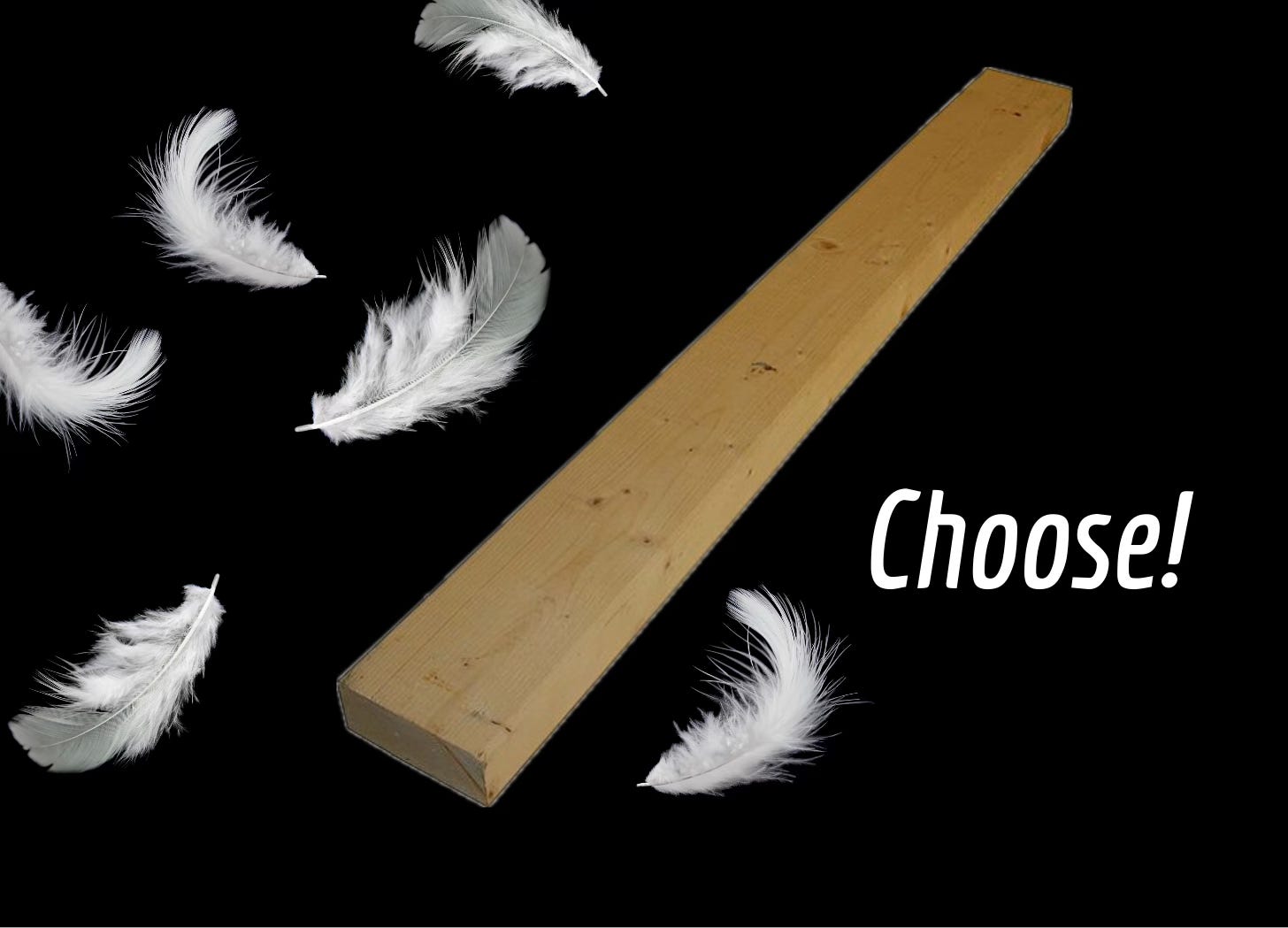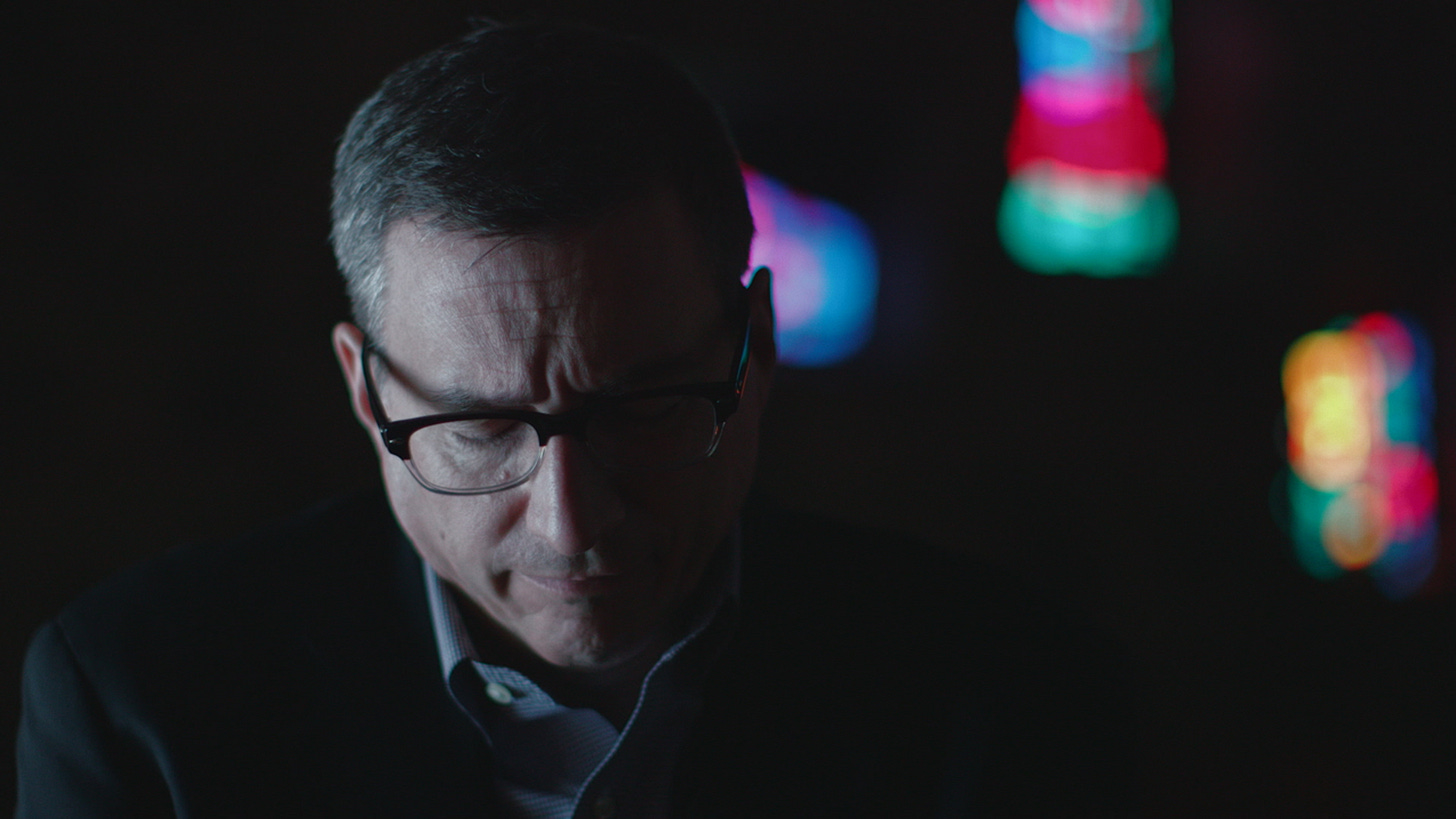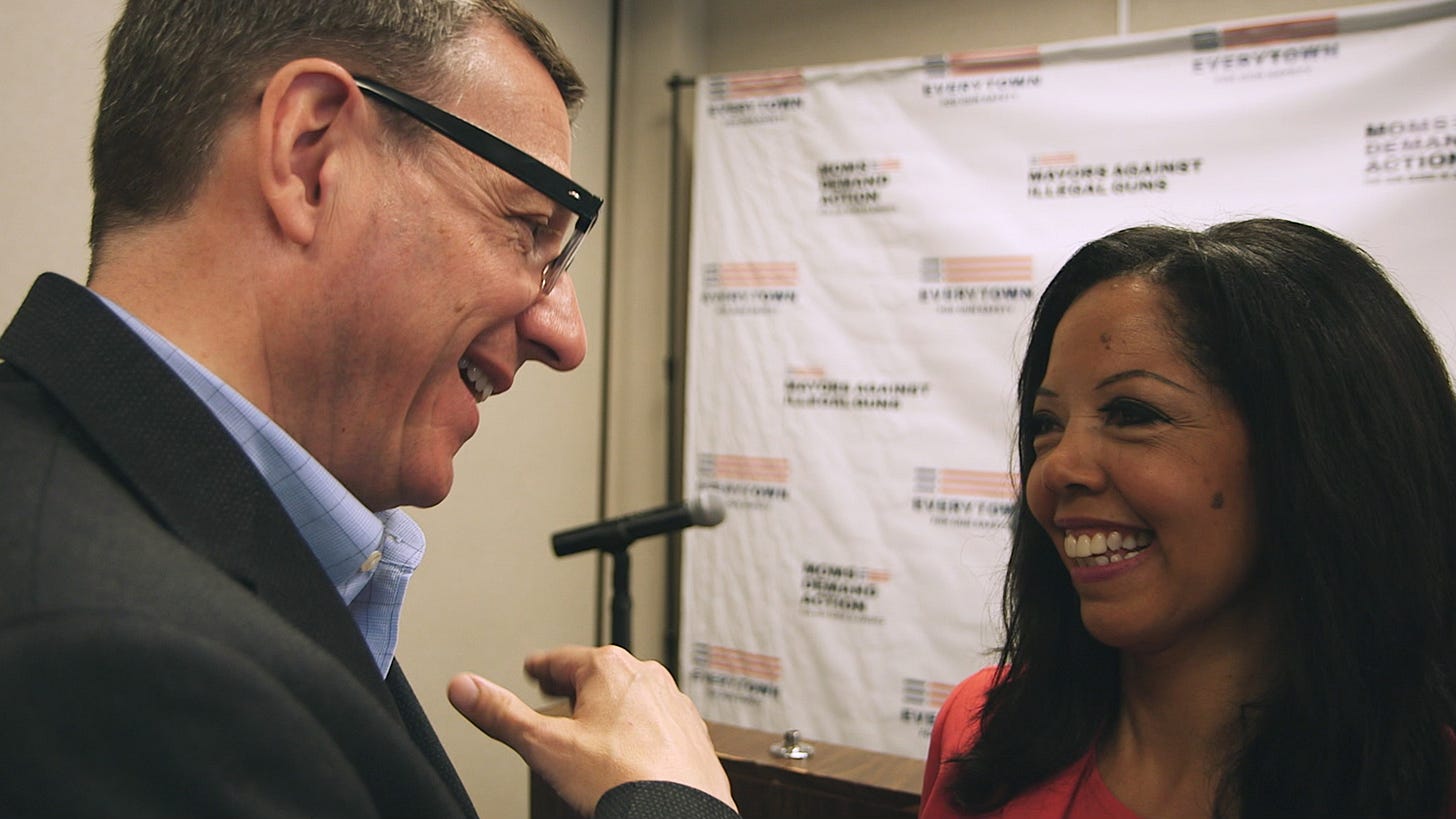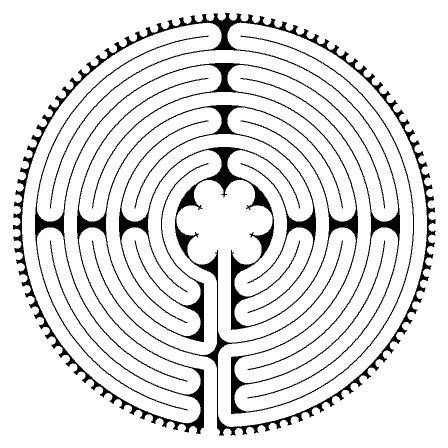Feather or The Two By Four: Choose!
How to navigate life’s challenges with awareness and choice
This Week’s AMP Session: The Armor of Light (2015)
Recognize any two-by-four event as a catalyst for necessary change
Release your attachments to outcomes
Seek help and follow the process
What you focus on you become
You can avoid future suffering
The following excerpt is from our Peace Overtures Radio podcast included in this post. If you prefer the podcast, you can listen to it below. At the end of the podcast, Sue-Anne features a helpful mini-session called: What do you consider a strength?.
Do unexpected life changes catch you off guard, feeling like a sudden blow from a two-by-four? In my experience, major changes rarely come out of nowhere. There is often subtle guidance along the way that we miss.
In our book, Taming Your Dragons: Making Peace with Your Emotions we refer to this guidance as "feathers" and the more abrupt, traumatic events as “two-by-fours."
By becoming better at identifying these feather-like guidance cues, we can navigate change more smoothly and with less resistance. Remember, life is seasonal, and change is inevitable. The more skilled you become at recognizing these normal life changes, the faster you can return to joy.
The benefit of noticing these feathers is that it gives you more control over your life. When you're unaware of or ignore them, you become less capable of finding solutions, leading to a situation where you lose control, much like getting hit by a truck and being taken to the hospital – a two-by-four event.
Missing the feathers often stems from our beliefs and values, which we fiercely defend. We act on our beliefs selectively, leading to problems. Feather-like guidance signals the need for change, but most of us either miss or reject it, often denying any problem. This guidance tends to escalate until we experience a two-by-four event.
Two-by-four events result from not recognizing underlying issues. They can manifest as job loss, divorce, health problems, accidents, financial crises, or the loss of friendships. These events may seem sudden, but they rarely are. They occur when you've been unaware or unavailable to the signs or the feather-like guidance. They are abrupt and painful as if a two-by-four piece of wood hit you upside the head.
When you hold a rigid position in conflict with someone or an event, a collision can lead to a two-by-four moment. Just like birds colliding with a plane's engine, both parties suffer, and it's a messy situation.
To illustrate the concept of feathers versus two-by-four events, this week’s AMP session is the documentary The Armor of Light (2015) by Abigail Disney, the granddaughter of Roy Disney. This film follows an evangelical minister and a mother who lost a child to gun violence. They grapple with the question of being pro-gun and pro-life, providing a powerful example of how awareness can lead to change, even across political divides.
The documentary highlights the power of recognizing two-by-four moments as catalysts for change. In the U.S., we've experienced mass shootings for years, each time causing shock and discussions about solutions. However, these events are growing larger and more painful, indicating a need for change. The Armor of Light can help you understand how to work with the feather or two-by-four concept in your life.
As you watch the film, look for these five key guideposts on how to apply the feather or two-by-four concept to your own life.
Recognize Any Two-By-Four Event as a Catalyst for Necessary Change
In The Armor of Light, we follow Reverend Rob Schenck, a prominent anti-abortion activist with strong ties to the political far right. He embarks on a remarkable journey by questioning whether his pro-gun stance aligns with his pro-life convictions.
A pivotal life-changing moment for Reverend Schenck occurs when a doctor is tragically shot and killed during one of the pro-life events he organized in Buffalo, NY in the early 1990s. This event profoundly impacts him, as he comes to terms with his own responsibility for the outbreak of violence. It serves as his two-by-four moment, propelling him on a path of self-discovery.
Reverend Schenck finds himself shocked and perplexed by the reactions of his long-time friends and colleagues, who caution him against delving into this politically explosive issue.
Throughout his journey, Rev. Schenck crosses paths with Lucy McBath, the mother of Jordan Davis, an unarmed teenager who was tragically killed in Florida. Jordan's story sheds light on the contentious "Stand Your Ground" laws. Lucy, also an Evangelical Christian, shares her personal testimony, which inspires Rev. Schenck to reach out to pastors across the nation, initiating discussions on the moral and ethical response to gun violence. Lucy herself navigates a challenging path, seeking to find meaning in her devastating loss and using her grief to drive meaningful political action, where many others have faltered.
Both of these courageous individuals, Reverend Schenck and Lucy McBath, harness the transformative power of their life-changing events to dedicate their lives to finding solutions. These events serve as potent catalysts for change.
Release Your Attachments to Outcomes
Embrace all possibilities, for even the present moment serves a purpose. It represents just one of many potential paths and, quite possibly, the best one for you right now. This realization can serve as a potent catalyst for bringing forth something new, even though the process may appear chaotic.
When faced with chaos and adversity, recognize them as agents of change, not obstacles to resist. These challenges can range from a burst water heater or a job change to a relocation or a divorce, and in more extreme cases, even natural disasters.
Your ability to adapt to what's in front of you prevents these events from escalating. You have a choice in how you respond to chaos and adversity. Do you opt for the feather, or do you choose the drama of a two-by-four event?
Notice how Rev. Schenck remains remarkably composed in the face of considerable adversity and opposition from his fellow pastors in the film. He maintains a sense of peace and sincerely seeks to understand their perspectives on guns and their perceived necessity. His example serves as a valuable model for us, leading us to our next key point in this alignment film.
Seek Help and Follow the Process
Many years ago, a military patrol got caught in a fierce blizzard in the Swiss Alps. Lost and frightened, one soldier found a map in his pocket. Consulting the map, the men built a shelter, planned their route, and waited out the storm. When the weather cleared three days later, they safely returned to the base camp. The commanding officer was relieved and asked how they had managed to find their way.
A young soldier produced the map, but to their surprise, it was actually a map of the Pyrenees Mountains, bordering Spain and France, not the Alps.
This story from the 1930s raises an important question: how could the wrong map save climbers in the Alps? The map served as a source of motivation and provided a process for them to follow. In a similar way, think of your two-by-four event, like a health issue that lands you in the hospital. The medical team provides you with a new map back to health.
The map isn't just about following an exact path; it's about moving and adjusting along the way. The soldiers' survival depended on their willingness to adapt, reevaluate their position, and accept new realities when the map no longer matched their surroundings.
Watch how Rev. Schenck creates his own journey of meeting with colleagues across the country, speaking from the heart about why change is needed. He establishes a process of communication and active listening, which he replicates repeatedly. He remains motivated despite facing anger and resistance, exemplifying what commitment looks like.
When you're dealing with a two-by-four event in your own life, the steps toward recovery often resemble a journey through a labyrinth. Just like a labyrinth, the path ebbs and flows, sometimes appearing close to completion only to take you back to the outer edges.
Healing from a two-by-four event is not a linear return to balance. The visual of a labyrinth can be helpful. Follow the process or framework provided by experts, stay motivated, and remain committed. Eventually, you'll find your way out of the labyrinth.
What You Focus On You Become
Our thoughts and where we direct our focus hold incredible power, more than many of us realize. When we wholeheartedly concentrate on something, it's as if we unite with it. The stronger the focus, the more we meld with it, and a profound passion is ignited. Unfortunately, we often underestimate how this can impact our lives when our focus turns toward vengeance. It consumes us, merging us with what we perceive as bad and evil.
This theme plays out in the movie concerning the belief that the only solution to bad people with guns is good people with guns. Rev. Schenck challenges his colleagues regarding the misalignment of this belief with their Christian faith.
Lately, there’s much discussion about standing your ground and protecting yourself from perceived threats. In many ways, this can be seen as a form of instant vengeance, and the documentary highlights the problems associated with this perspective.
The path of passionate vengeance may offer temporary satisfaction, but it doesn't lead to peace of mind. There will always be another injustice to focus on, whether in the workplace, at home, or in politics. Until we can find a new approach to injustice on an individual level, we will continue to unconsciously seek vengeance in our daily lives. This approach doesn't lead to peace and won't help us discover new solutions to our challenges. It perpetuates a "win-lose" approach to resolving differences and problems.
Notice in the film how Rev. Schenck doesn't confront his colleagues' gun advocacy directly. In fact, he acknowledges that being defensive is ineffective, as he notes:
"I sometimes wonder about the ethical dimension of even having a defensive posture."
You Can Avoid Future Suffering
Life can be challenging, and pain is an inevitable part of being alive. However, suffering is a different story. It's a choice created by our minds, often unconsciously repeated in our lives.
We suffer when we lose our focus on the present moment and become preoccupied with worries about the future. It's as if we attempt to pre-experience the suffering that awaits us by worrying about it now, only to create suffering in the present. Many times, the events we worry about never actually materialize.
This phenomenon is captured in the classic Mark Twain quote:
"I had a lot of worries in my life - most of which never happened."
We all fall into this trap from time to time, and it only results in self-inflicted suffering.
Throughout the film, pay attention to the fear and worry surrounding the idea of bad people with guns and the need to protect ourselves. As humans, we do the same thing in our individual lives, needlessly creating misery for ourselves. This tendency also extends to dealing with national problems on a macro level.
In this AMP session, we've dedicated significant effort to help us release these tendencies of mind-created suffering that are ultimately unnecessary.
Resist The Logic of Fear
Throughout the film "The Armor of Light," one prevailing and potent emotion that stands out is fear.
Fear is often employed as a logical argument for justifying gun ownership and the perceived need for high firepower. It underlies the enactment of laws like "stand your ground" in Florida and other states. Fear plays a significant role in the proliferation of reactive mass shootings, and it keeps us all glued to our televisions, witnessing these tragic events.
Undoubtedly, there is a substantial undercurrent of unconscious fear in our country, and it appears to be on the rise. The widespread demand for firearms is, in many ways, a reflection of how frightened we are as citizens.
When you're navigating a profound and personal two-by-four event, fear has the potential to keep you stuck, reactive, and distracted from discovering heart-centered solutions to the problems you face. It's essential to approach your fear with gentleness and grace. Be willing to examine it and embark on a healing journey. Rev. Schenck provides a wonderful example of how to approach fear with grace and gentleness when confronting the fears of his colleagues.
Fear is a significant and complex topic that could indeed warrant a dedicated series of discussions, which may be something I’ll explore in the future. For now, I've included numerous alignment resonance statements from Tara Brach's "Beyond The Fear Body Part 1 and Part 2" to help shed light on this topic.
I like what Tara says about fear:
“If we look underneath any of our emotions at the core we’re going to find fear. It’s really at the heart of everything. It’s this sense that around the corner something can and will go wrong and it’s our perception of mortality.”
She goes on to say and this speaks in many ways what’s going on with our gun issues here in the U.S.:
“Our fear results in excessive violence it’s just how it goes…the more afraid we are the more violent we are.”
The Key Resonance Benefits from Watching The AMP Film: The Armor of Light
Willingness to Acknowledge Your Suffering: Acknowledge and face the forms of suffering you're experiencing instead of running from it.
Understanding the Paradox: Realize that the more you grasp or cling to things, the more you tend to suffer.
Letting Go: Develop the ability to release images, emotions, grudges, fears, clinging, and disappointments that bind your spirit.
Transforming Suffering into Compassion: Allow love to meet your suffering and transform it into compassion.
Freedom from External Conditions: Recognize that your happiness is not solely dependent on external conditions.
Awakening to Loving Kindness and Compassion: Open yourself to the practice of loving kindness and compassion.
Facing Your Dark Side: Gain the strength to confront your dark side and transmute it into expansive love, wisdom, and creativity.
Taking Responsibility for Fear: Understand that when you're blaming others, it's your fear body taking charge.
Embracing Fear with Love: Be willing to pay attention to your fear and approach it with all your heart's energy.
Allowing Fear to Depart Gracefully: Cultivate the ability to bring a strong presence to your fears, allowing them to leave with grace and ease.
For the full resonance benefits of this session, remember to start with The Intention Session first, and then watch the movie in its entirety. If you find yourself getting sleepy during the movie, pause and continue another day.







I love this one! I think of it ALL THE TIME!!!
I absolutely LOVE this explanation of life's messages to get us to change! I refer to it often.